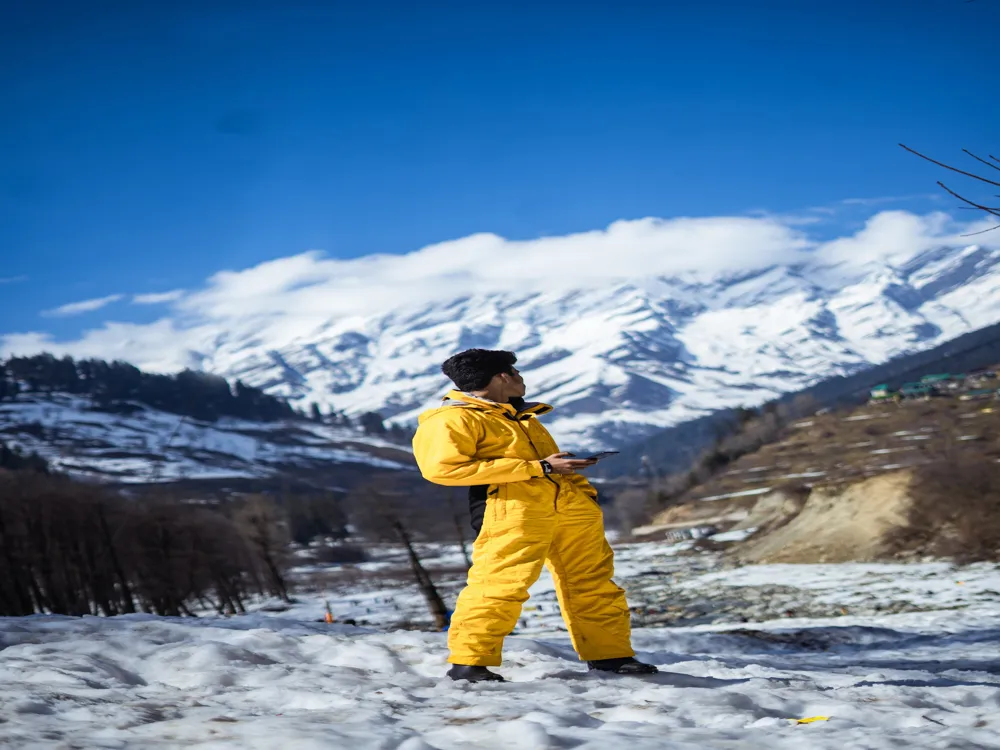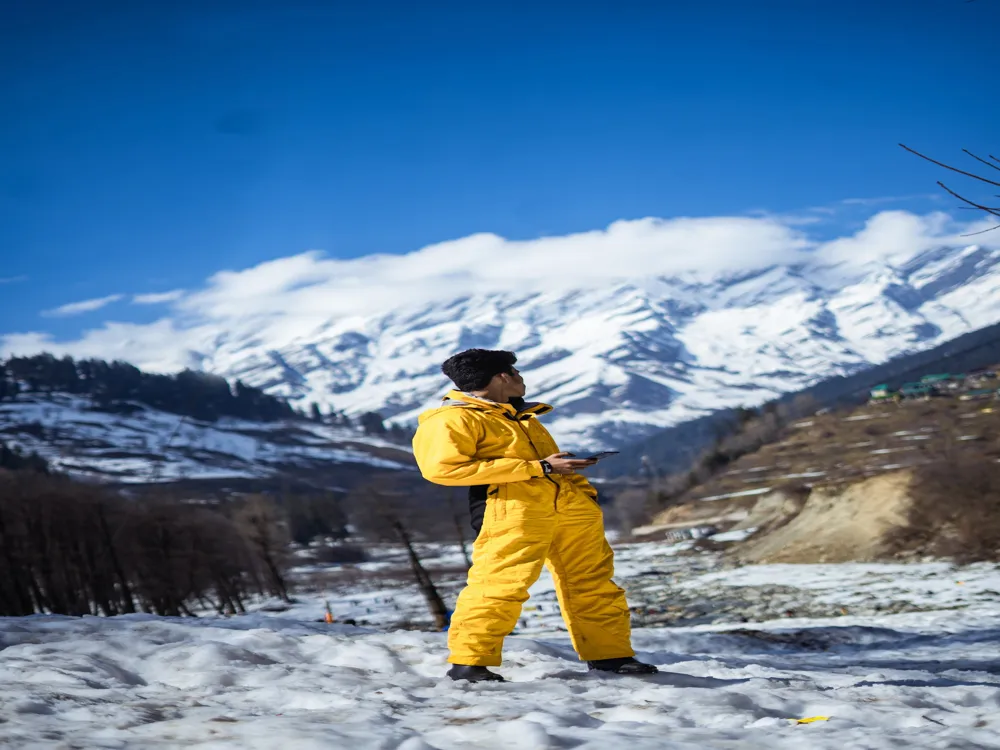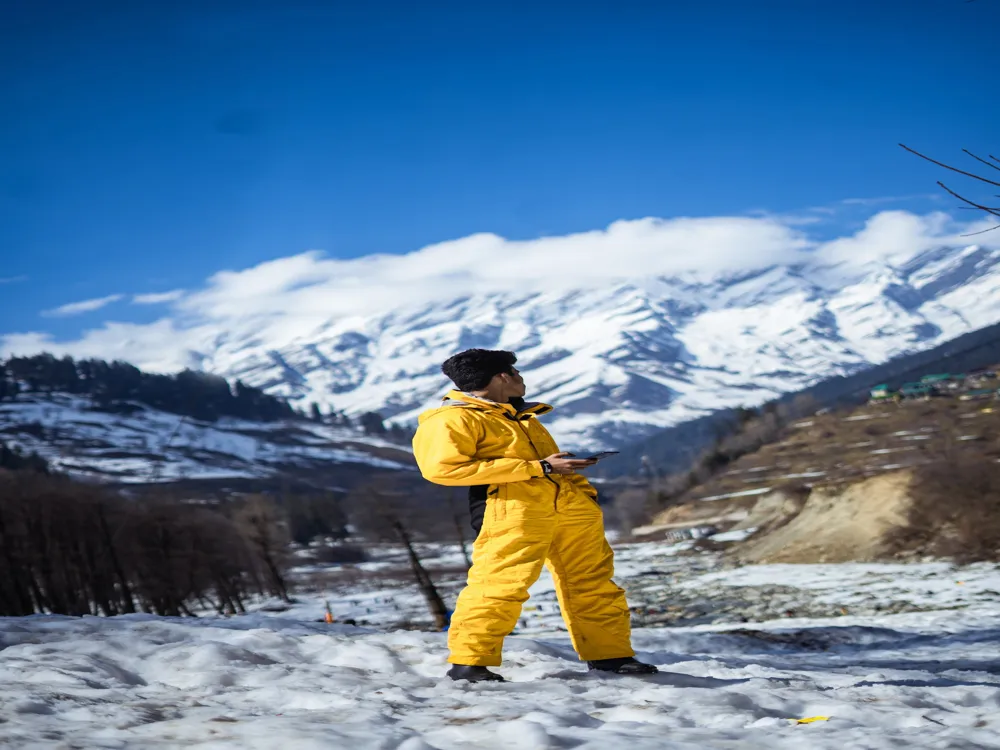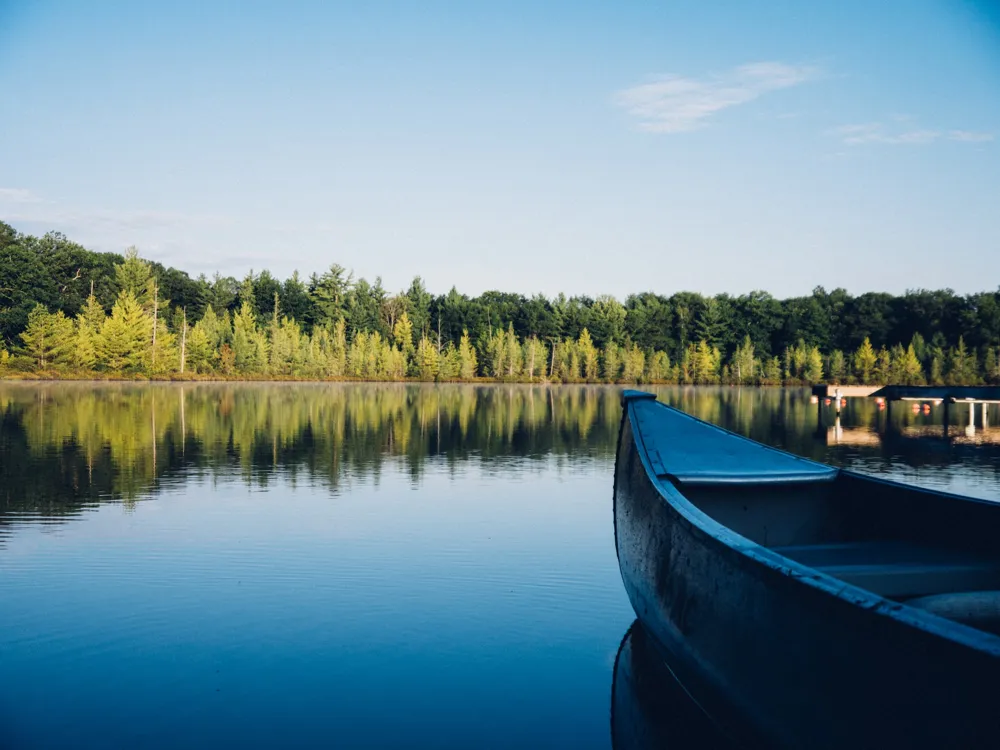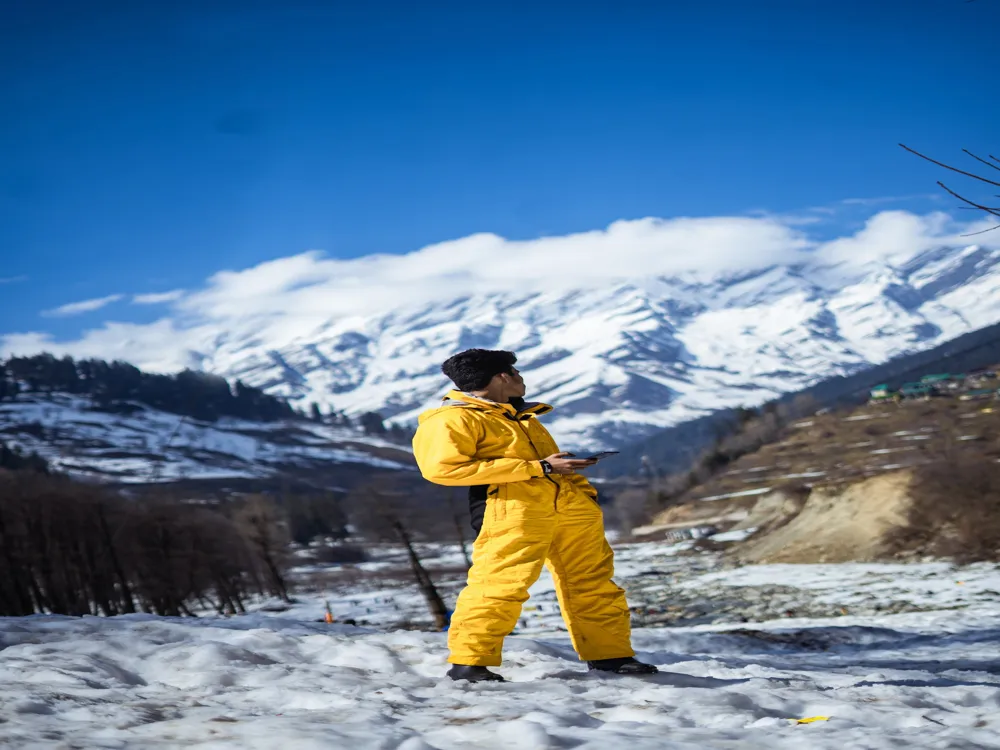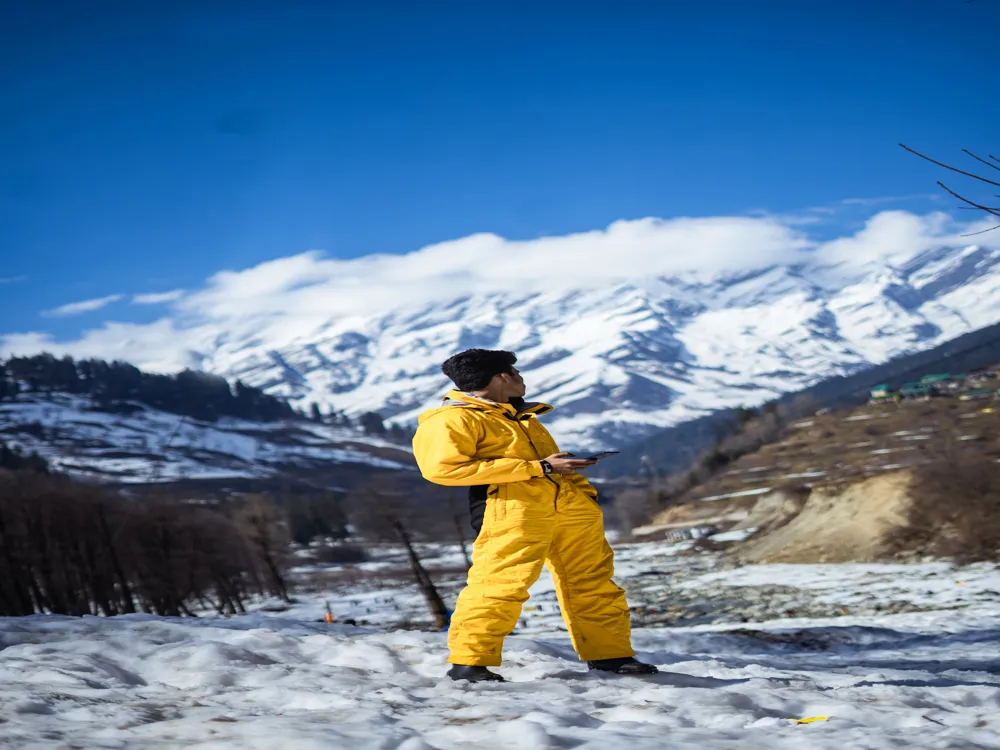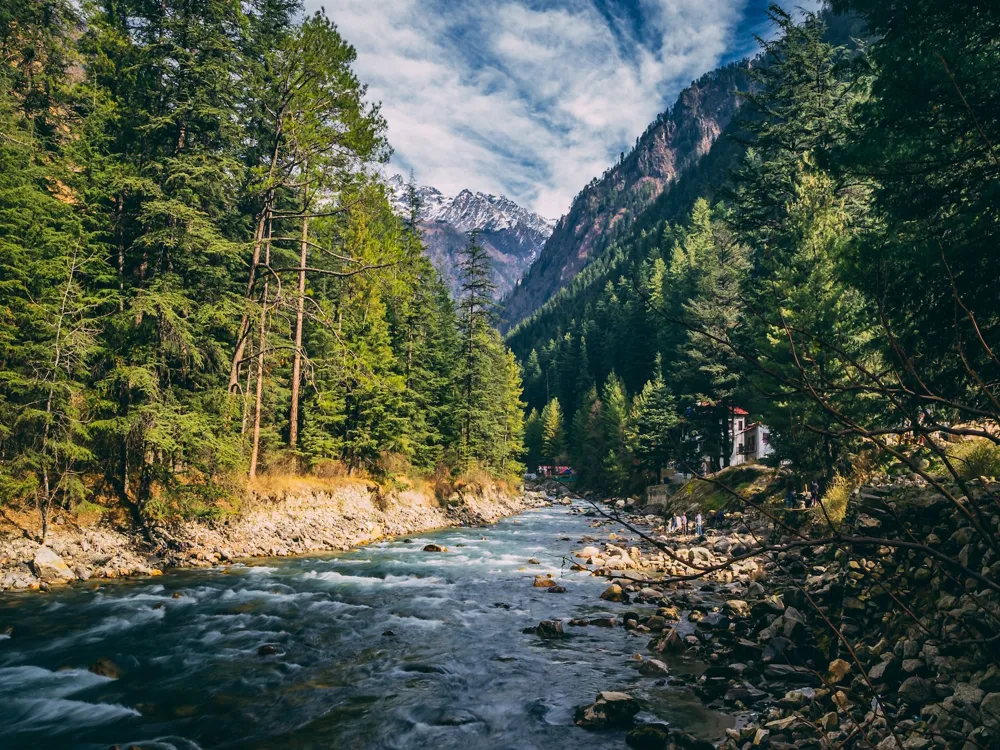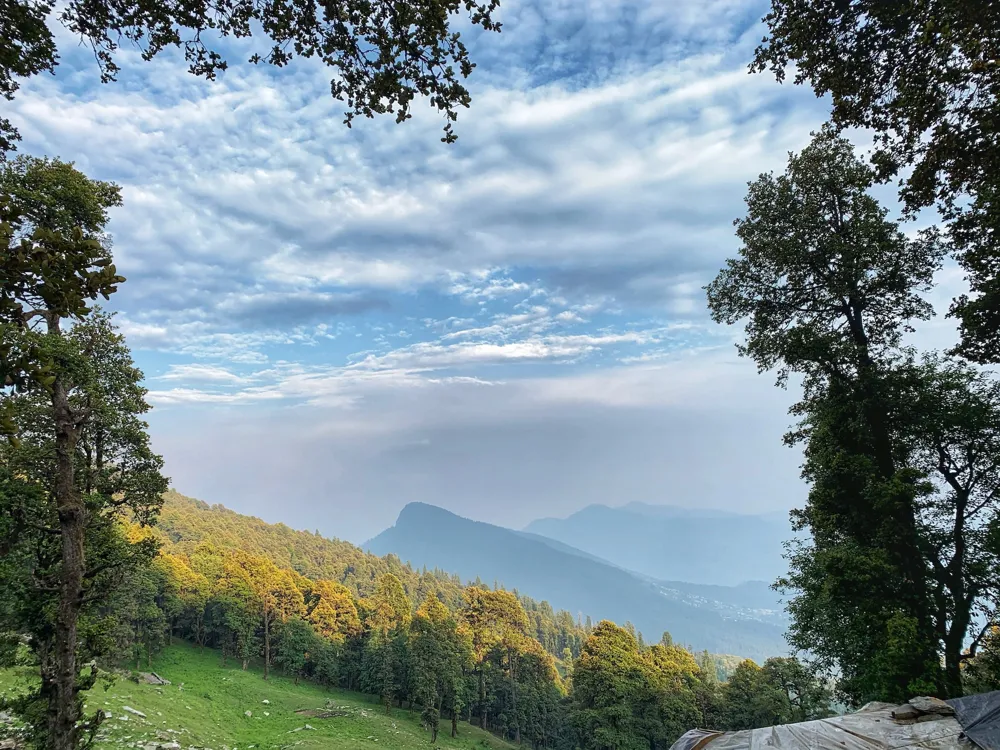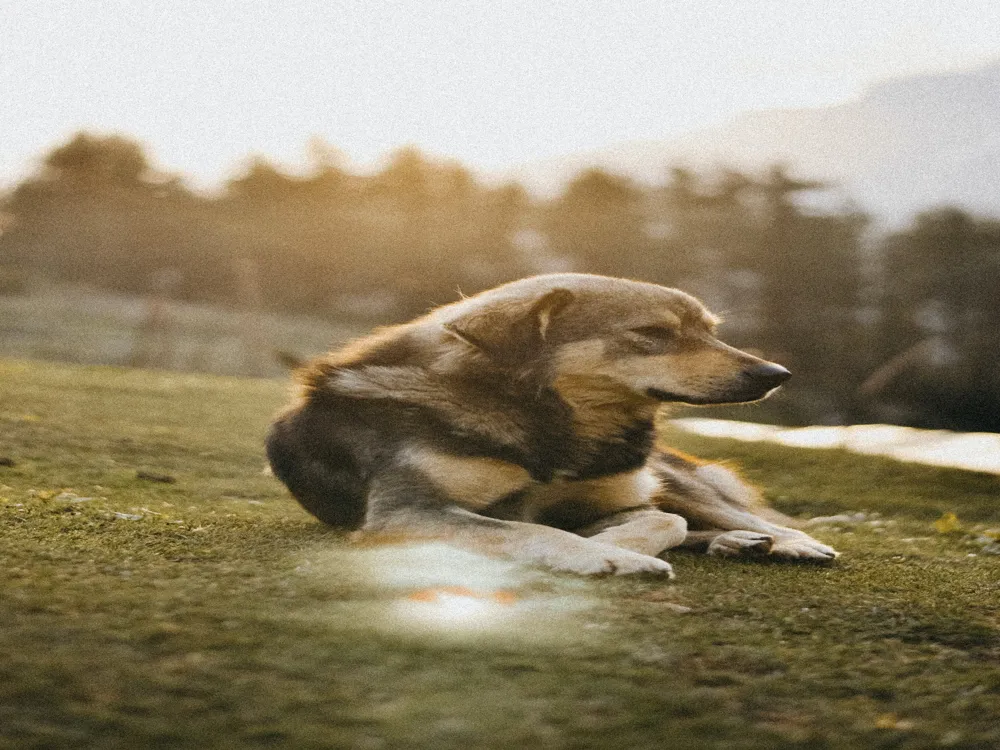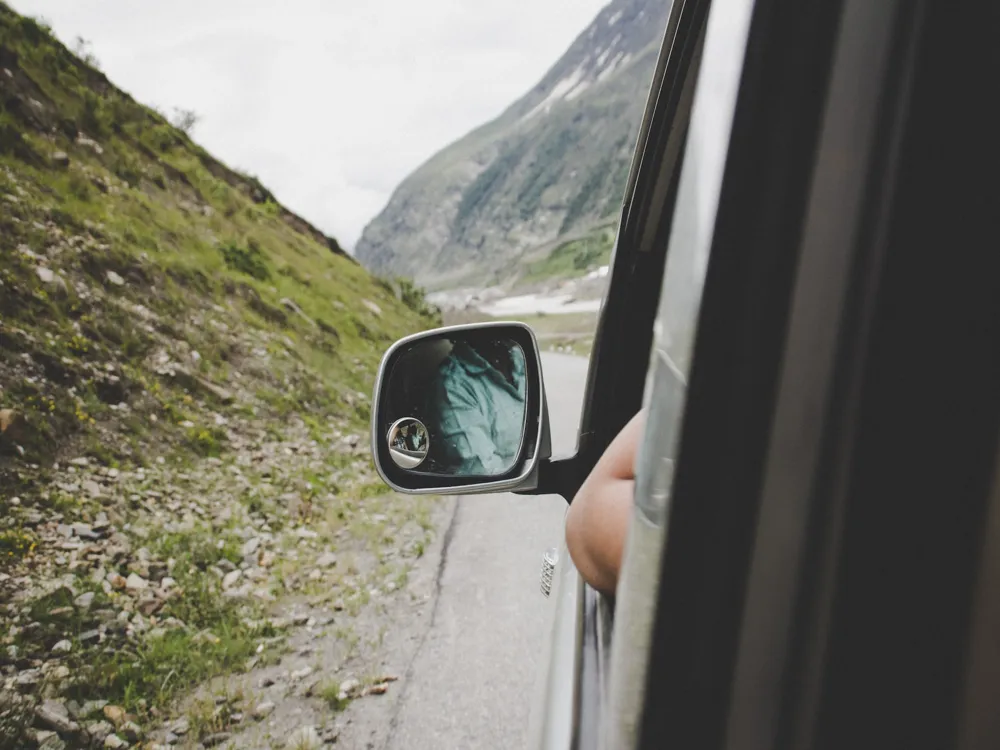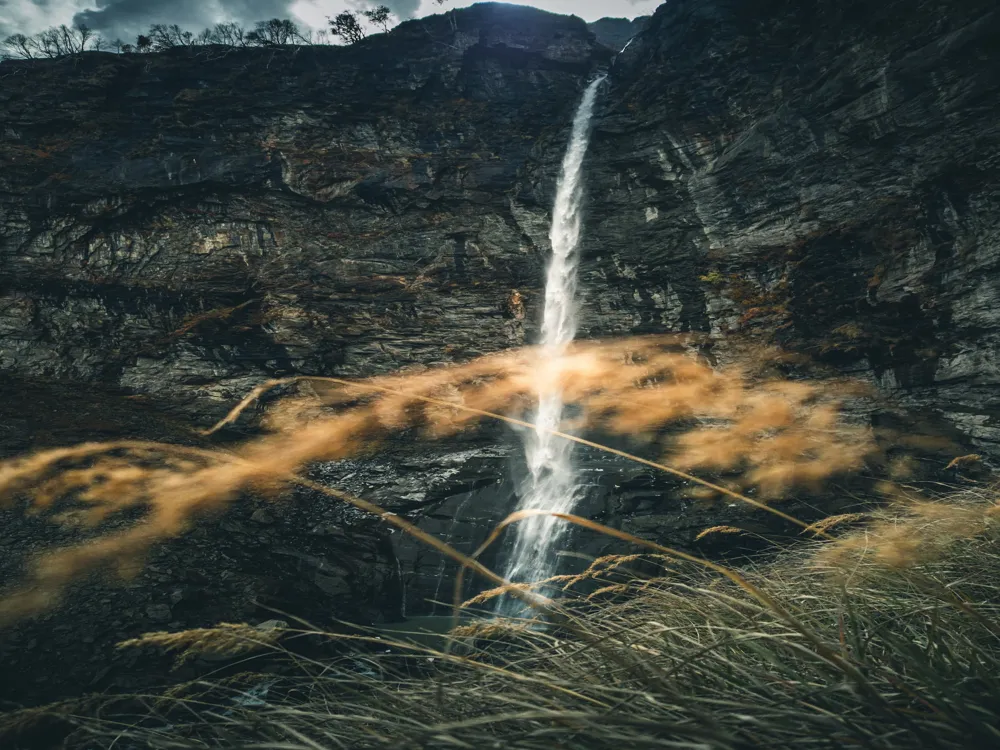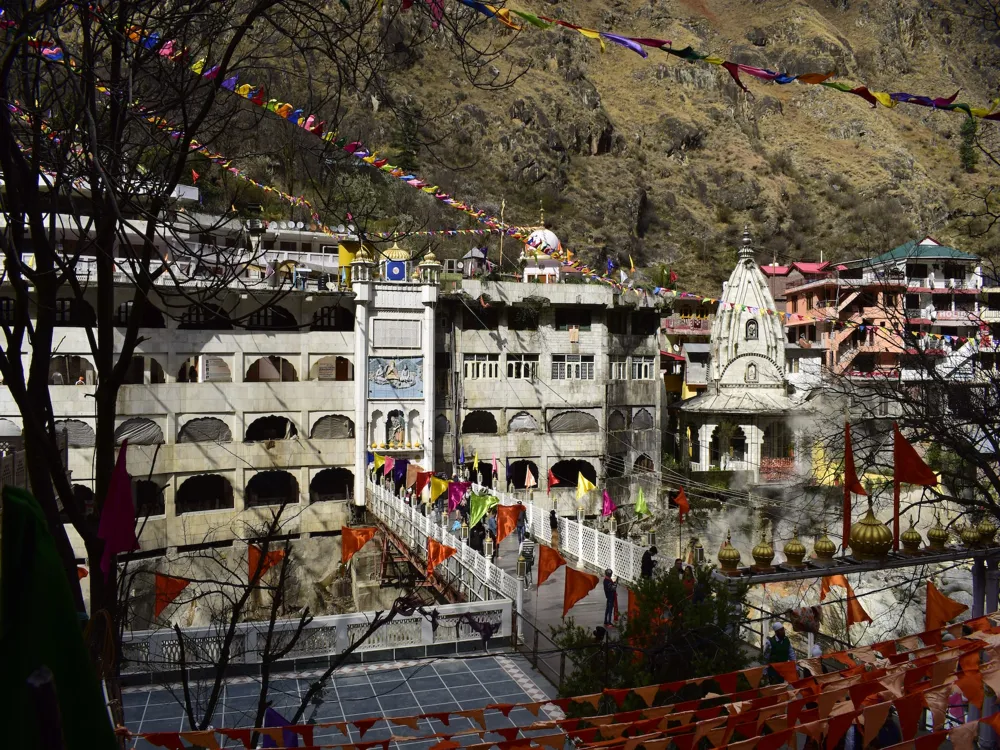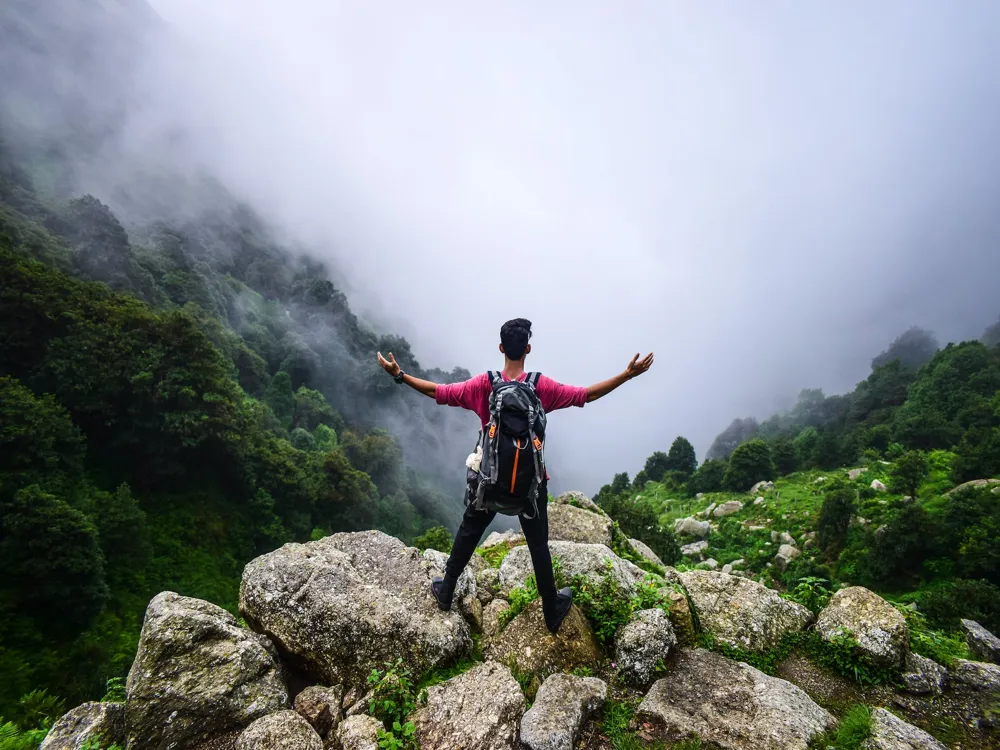Nestled in the serene landscapes of Himachal Pradesh, Gulaba is a quaint village located near the famous hill station of Manali. Renowned for its picturesque beauty and tranquil environment, Gulaba is a hidden gem that offers a respite from the bustling city life. This charming village, named after Raja Gulab Singh of Kashmir, is situated on the route to the Rohtang Pass, making it a popular stopover for travelers. The enchanting beauty of Gulaba is amplified by the surrounding lush green forests, the meandering Beas River, and the majestic snow-capped Himalayas. The climate in Gulaba is generally cool and pleasant, making it an ideal destination for nature lovers and adventure enthusiasts alike. During winters, the landscape transforms into a snowy paradise, attracting tourists for snow activities like skiing and snowboarding. Summers are equally delightful, with blooming flowers and green meadows creating a vibrant tapestry of colors. The local flora and fauna of Gulaba add to its natural charm, with various species of birds and animals thriving in this pristine environment. The culture of Gulaba is deeply rooted in Himachali traditions, reflecting in the lifestyle, festivals, and cuisine of the local people. The warm hospitality of the villagers, combined with the scenic beauty, makes Gulaba a must-visit destination for those seeking a peaceful retreat in the lap of nature. Whether it's a leisurely walk through the village, a trek in the nearby trails, or just soaking in the panoramic views, Gulaba promises an unforgettable experience for every visitor. The architecture of Gulaba is a fascinating amalgamation of traditional Himachali styles and modern influences. The buildings in Gulaba predominantly feature the Kath-Kuni architectural style, which is native to Himachal Pradesh. This unique style is characterized by the use of locally sourced materials like wood and stone, creating structures that are not only aesthetically pleasing but also resilient against the harsh mountain climate. The typical Kath-Kuni structures consist of alternating layers of wood and stone, with the wood providing flexibility and the stone offering strength. This combination makes the buildings earthquake-resistant. The roofs are usually slanted and made of slate tiles, a design choice that helps in withstanding heavy snowfall during winters. Intricate wood carvings and vibrant paintings often adorn the exteriors, adding to the visual appeal of these structures. In recent times, Gulaba has seen a blend of contemporary design with traditional architecture. Newer constructions, especially hotels and guest houses, are incorporating modern amenities while maintaining the rustic charm of Kath-Kuni designs. This evolution in architecture not only caters to the comfort of tourists but also preserves the cultural heritage of the region. The fusion of old and new in Gulaba's architecture symbolizes the village's transition into a popular tourist destination while staying true to its roots. The best time to visit Gulaba is from March to June, when the weather is pleasant and conducive to outdoor activities. However, for those interested in experiencing snow, the winter months from December to February are ideal. Depending on the season, packing for Gulaba requires careful planning. Warm clothes, comfortable footwear, and rain gear are essential. Don’t forget to carry sunblock, sunglasses, and a first-aid kit. Respect the local culture and traditions. Dress modestly, and always ask for permission before taking photographs of the locals or their properties. There are various accommodation options in Gulaba, ranging from budget homestays to luxury resorts. Booking in advance is recommended, especially during peak tourist seasons. Gulaba is easily accessible from Manali, which is well-connected by road, rail, and air. The nearest airport is in Bhuntar, approximately 50 kilometers from Manali. Regular bus services and taxis are available from major cities like Delhi and Chandigarh to Manali. From Manali, Gulaba is just a short drive away and can be reached by local taxis or buses. Read moreOverview of Gulaba, Manali
Architecture of Gulaba
Tips When Visiting Gulaba
Best Time to Visit
Packing Essentials
Local Etiquette
Accommodation
How To Reach Gulaba
Manali Tourism
Best Time to Visit Manali
How to Reach Manali
Things To Do Manali
Gulaba
Manali
Himachal Pradesh
₹ 5,000 onwards
View manali Packages
Weather :
Tags : Hills & Valleys
Timings : 7:00 AM - 7:00 PM
Time Required : 1 day
Entry Fee : No entry fee
Planning a Trip? Ask Your Question
Manali Travel Packages
View All Packages For Manali
Top Hotel Collections for Manali

Private Pool

Luxury Hotels

5-Star Hotels

Pet Friendly
Top Hotels Near Manali
Other Top Ranking Places In Manali
View All Places To Visit In manali
View manali Packages
Weather :
Tags : Hills & Valleys
Timings : 7:00 AM - 7:00 PM
Time Required : 1 day
Entry Fee : No entry fee
Planning a Trip? Ask Your Question
Manali Travel Packages
View All Packages For Manali
Top Hotel Collections for Manali

Private Pool

Luxury Hotels

5-Star Hotels

Pet Friendly







